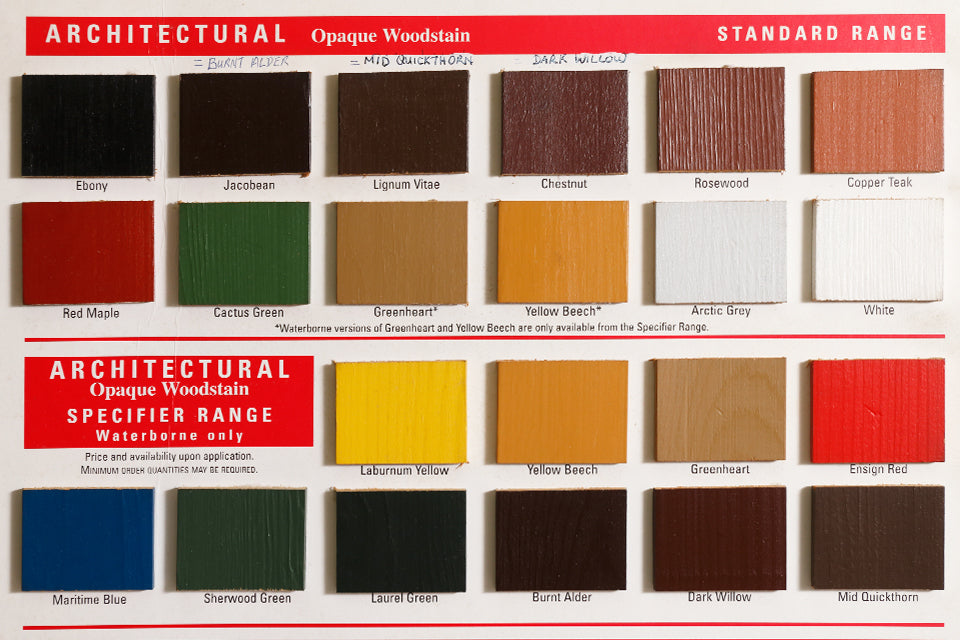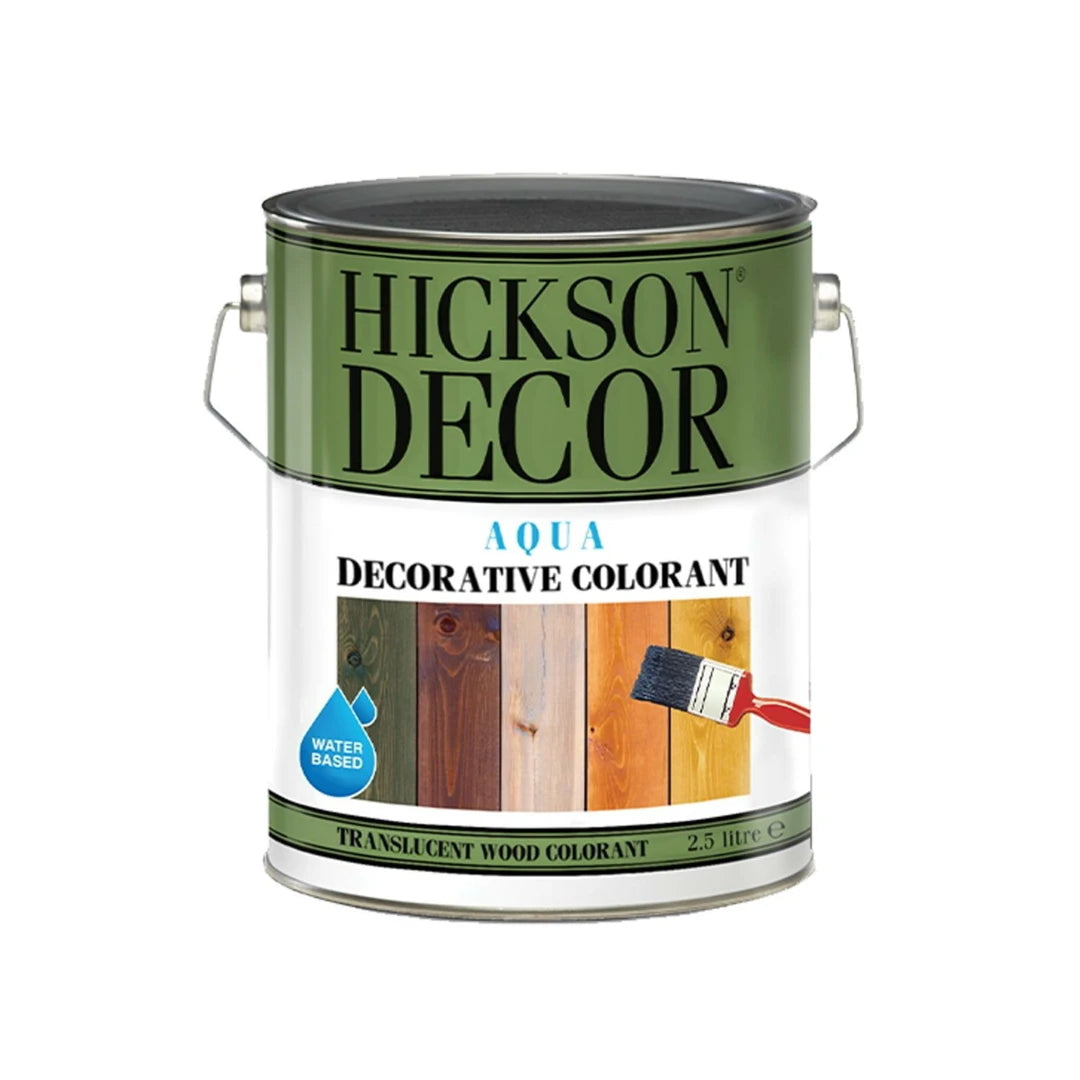
Wood Restoration
Wood Restoration: Preservation of Historical and Aesthetic Values
Wood has been an indispensable material in the construction and furniture industry for centuries. However, over time, wooden surfaces can wear out due to natural effects, usage and other factors. Wood restoration involves a series of techniques and methods applied to restore the original beauty and functionality of this valuable material. In this blog post, we will examine in detail the importance, processes and tips of wood restoration.
The Importance of Wood Restoration
-
Protection of Historical and Cultural Values: Old wooden structures and furniture are important cultural heritages that carry traces of the past. Restoration ensures that these heritages are passed on to future generations.
-
Restoring Aesthetic and Functional Value: Wood restoration restores the aesthetic and functional value of worn or damaged wood surfaces. This both enhances visual appeal and extends service life.
-
Environmental Sustainability: Restoration means reusing existing wood materials. This contributes to environmental sustainability by reducing the cutting down of new trees.
Wood Restoration Process
Wood restoration is a process that requires attention and care. Here are the basic steps of this process:
-
Assessment and Planning: The restoration process begins with a careful assessment of the condition of the wood surface. A restoration plan is created by taking into account factors such as the extent of damage, the age of the surface and the type of wood used.
-
Cleaning: Wood surfaces are prepared for restoration by cleaning dust, dirt and old varnish. In this step, residues on the surface are removed using soft brushes and special cleaners.
-
Repair: Damaged or rotten wooden parts are repaired or replaced with appropriate materials. In this step, wood fillers and appropriate adhesives are used.
-
Sanding: Wooden surfaces are sanded to make them smooth. This helps to remove small cracks and imperfections on the surface.
-
Polishing and Protection: In the final stage of restoration, wooden surfaces are polished and covered with a protective coating. This increases the shine of the surface and provides protection against external factors.
Things to Consider in Wood Restoration
-
Correct Material Selection: It is important that the materials to be used during restoration are compatible with the original wood. Wrong material selection can cause damage to the wood.
-
Professional Help: Especially when restoring historic or valuable wooden surfaces, it is important to get help from experts. Professional restorers use the right techniques and materials to ensure you get the best results.
-
Regular Maintenance: Regular maintenance of wooden surfaces after restoration ensures their longevity. Cleaning, polishing and protective coating applications should be done at regular intervals.
Conclusion
Wood restoration is of great importance in terms of preserving historical and aesthetic values. Restoration with the right techniques and materials restores the original beauty and functionality of wooden surfaces. This process not only extends the life of wooden surfaces, but also contributes to environmental sustainability. Do not ignore the importance of restoration to preserve the value of your wooden surfaces and carry them into the future.















